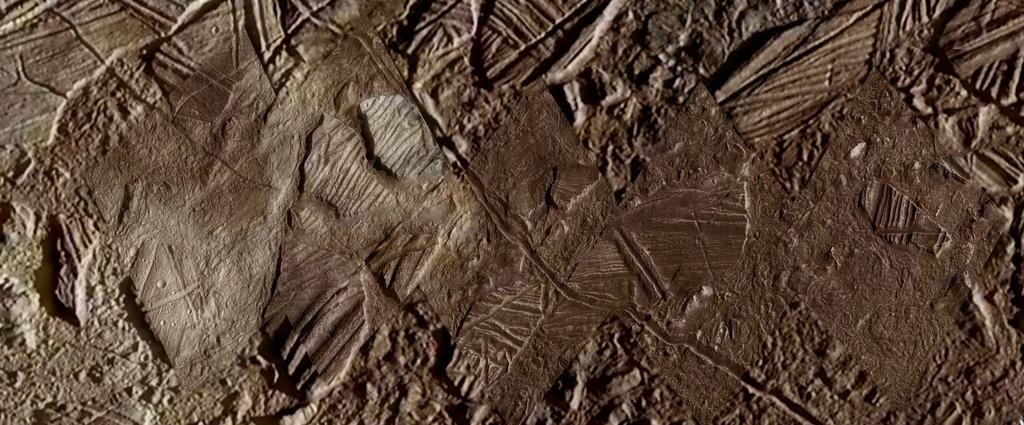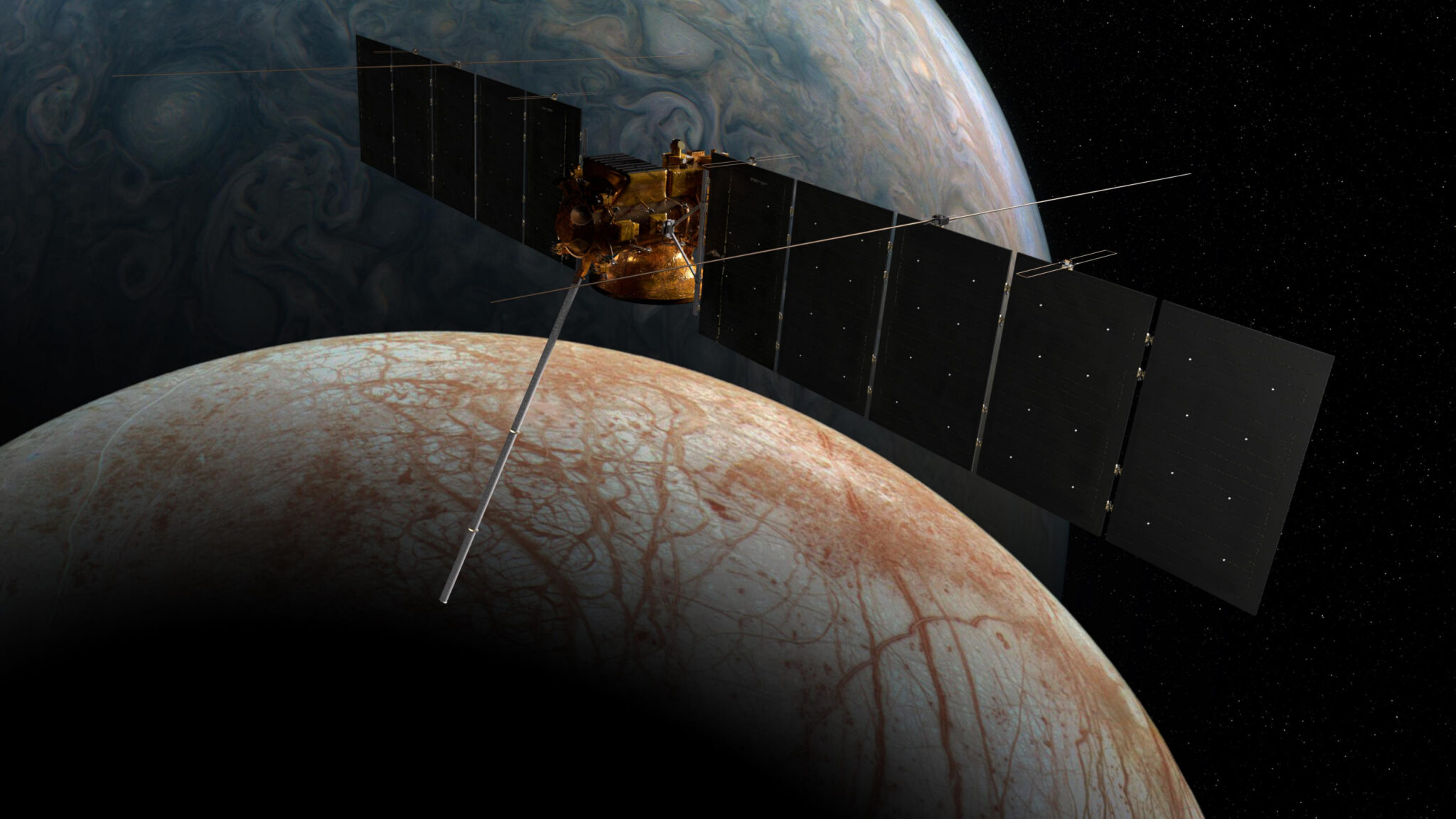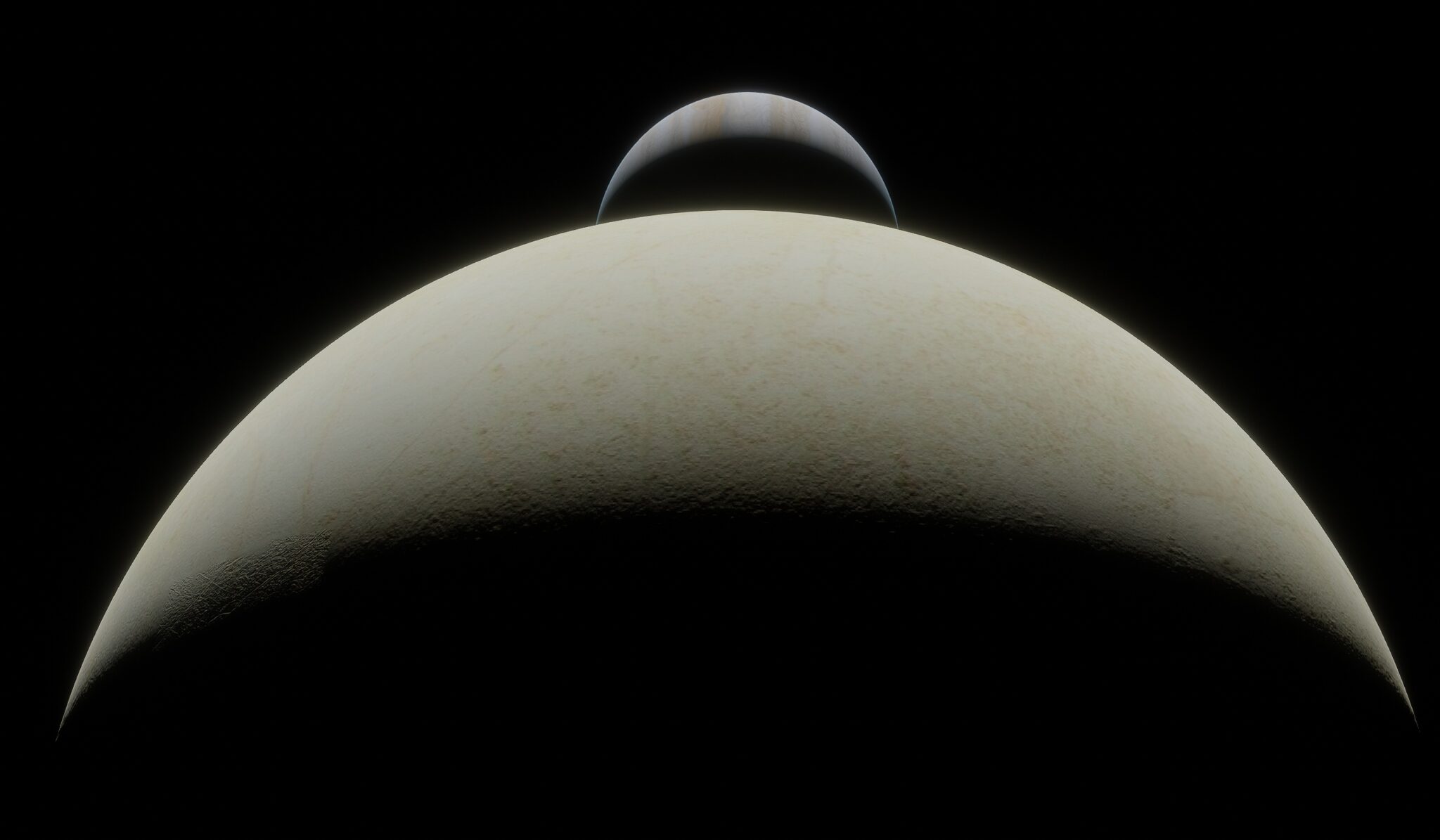NASA is preparing to send the Europa Clipper space probe to Europa, a Jupiter’s moon that may be hiding an ocean twice the size of Earth’s under its icy surface. This mission aims to investigate the possibility of life on this distant object. Planetary scientists suggest that underneath Europa’s thick icy crust is an ocean that is constantly changing the moon’s surface.

On October 10, NASA plans to launch the Europa Clipper, the largest spacecraft the agency has ever sent to explore the planets. A few days before the launch, NASA shared an image showing Europa’s cracked surface. This indicates the presence of active processes beneath the surface, possibly caused by the ocean. Scientists believe that salt water may be leaking out along the cracks, leaving reddish spots on the surface. And large chunks of ice may have been shifted recently, creating a chaotic landscape.

The study of Europa is extremely important for exploring the possibility of life beyond Earth. “Europa is one of the best places in the Solar System to look for life,” says Cynthia Phillips, a planetary geologist at NASA. The Europa Clipper probe will make about 50 close flybys over the moon’s surface, using high-resolution cameras and radar that can look beneath the icy crust. One of the instruments (SUDA) will collect samples of particles that fall into space as a result of meteorite impacts.

After a journey of 2.9 billion kilometers, the Europa Clipper will reach Europa in 2030. Over the next 3.5 years, it will collect data to provide answers to key questions: are there energy sources in the ocean? Does it contain essential chemical elements such as carbon? This will help determine whether Europa is habitable.

Earlier we reported on how the Europa Clipper spacecraft may not be able to withstand radiation.
According to mashable.com


